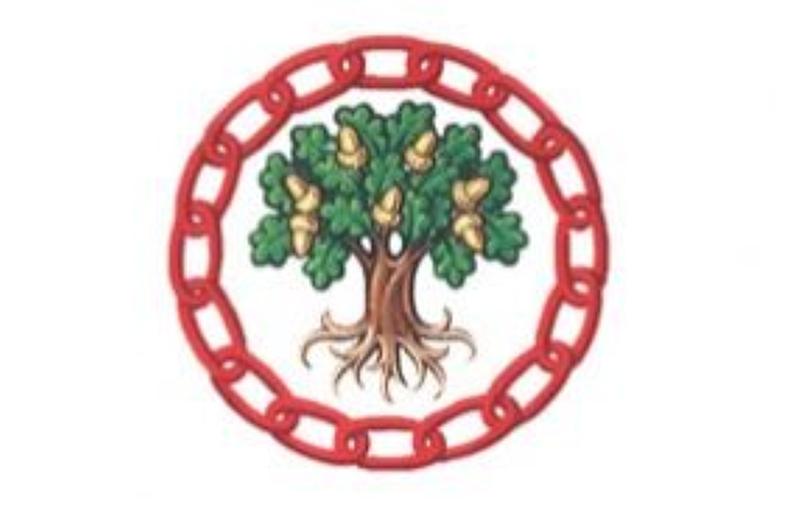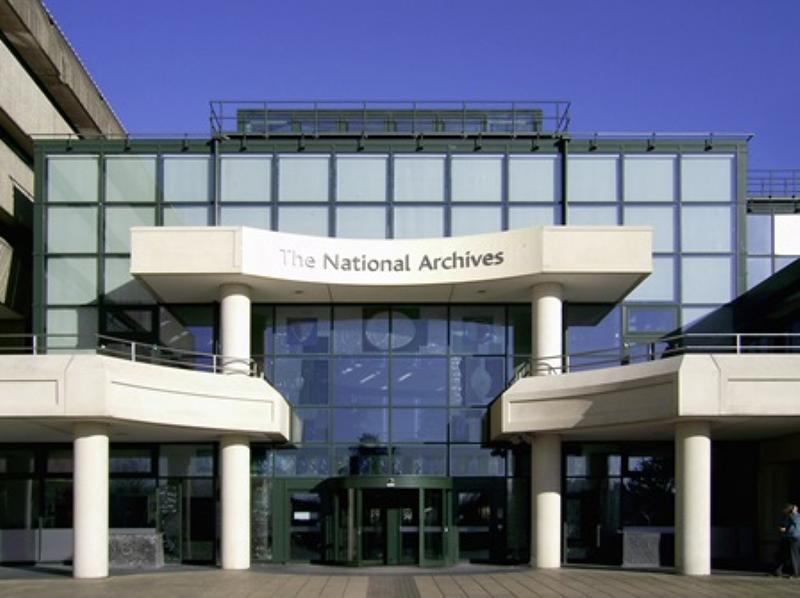Hugh Dennis Urges Public To Remember War Dead In UK
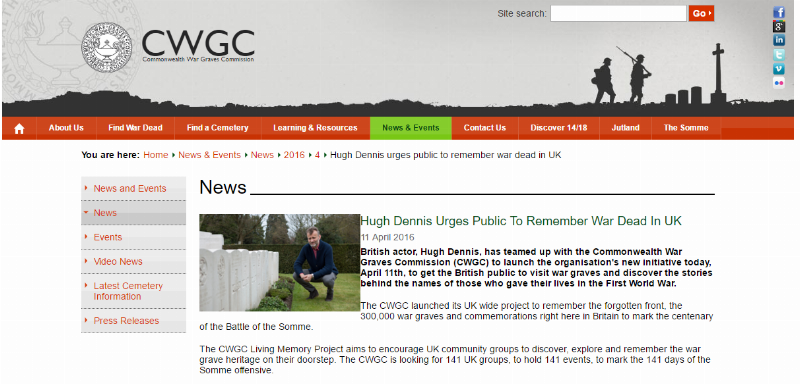



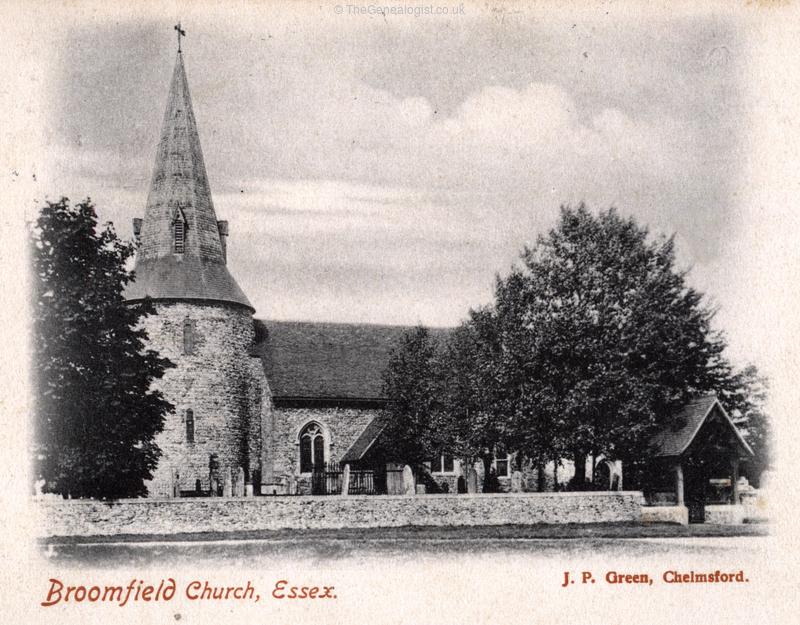
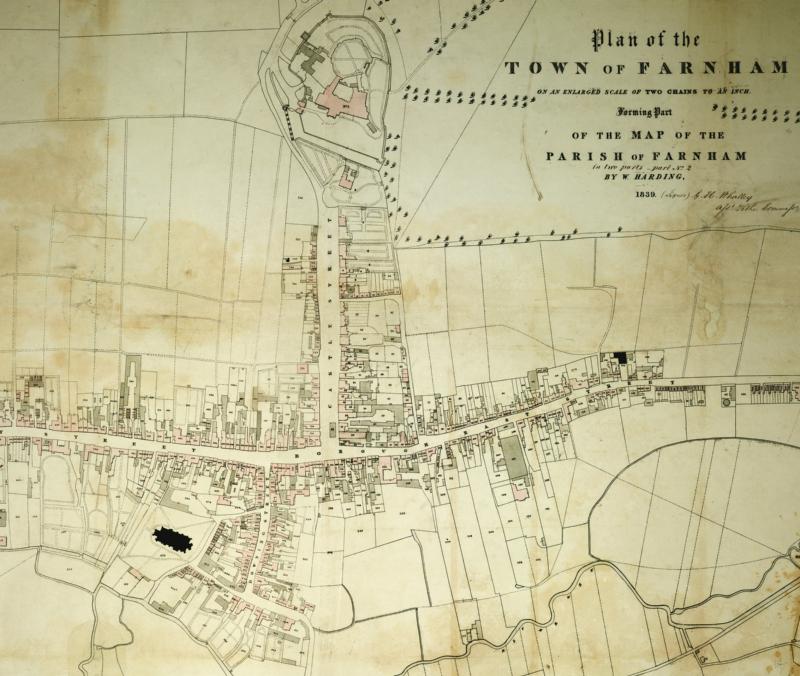
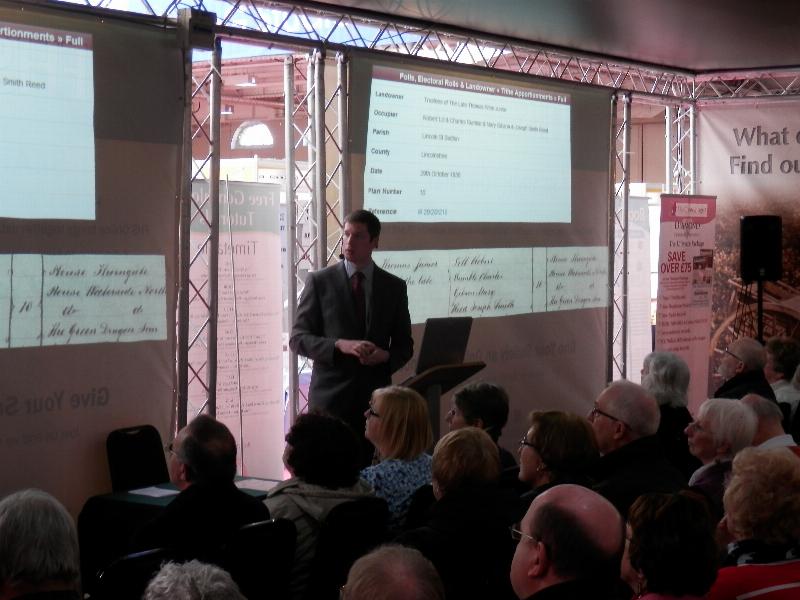
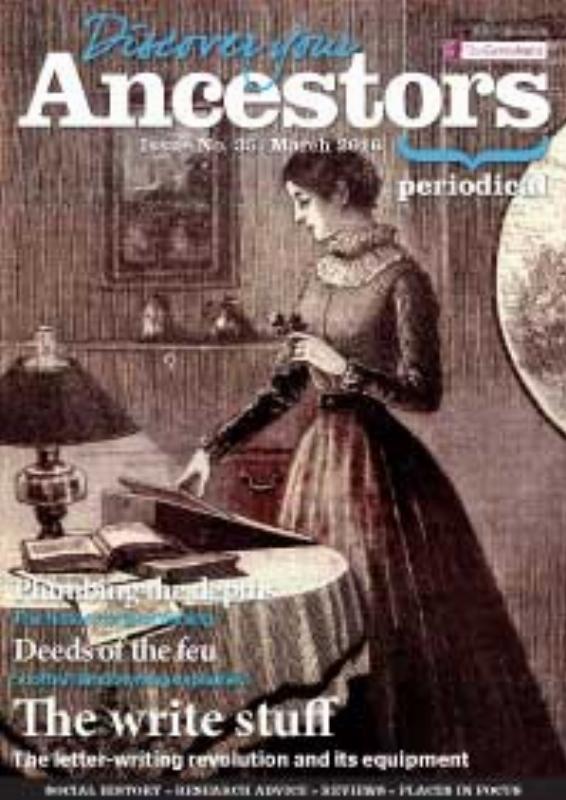
Leading British Genealogy Website, TheGenealogist, has added over 150,000 World War II Prisoner of War records to its already significant military records collection. These new records detail Officers and other ranks from the British Army, Royal Navy, RAF and those members of the British Empire land forces that were held as Prisoners of War in Germany and German Occupied territories.
This release will allow researchers to discover servicemen held by the Germans between 1939-1945 and includes many of the brave escapees whose stories of breaking out and dashing to freedom have captured the imagination for decades.
These records allow us to:
Research POWs who served in Armies and other land forces of Britain and the Empire 1939-45 along with the Naval and Air Forces of Great Britain and the Empire 1939-1945
Find names and details of men who were captured and incarcerated in German POW camps in Europe
Check the details such as names, service numbers, and regiments of ancestors that were German POWs
Search for daring escapees from within the camp lists
Research where your military ancestors were held, revealing their camp number and location
Discover the ranks, POW numbers, Service numbers and Regiments of those held
Covering the Nazi German camps in Europe, these lists are taken from official alphabetical nominal registers and reveal names and other particulars of:
94,608 British POWs in Germany, including Officers and other ranks
39,805 POWs from Empire Land Forces
19,250 Naval & Air Force POWs from Britain & its Empire
Joining an already comprehensive range of military records on TheGenealogist that span from 1661 to the 1940s, these lists are a useful addition for researchers. TheGenealogist’s military collections already include Army, Navy and Air Force Lists, Dambuster records, First World War POWs, plus many other records.
Examining some of the names of WWII Prisoners of War released online at TheGenealogist.co.uk allows us to uncover the brave and determined Allied servicemen who made escape attempts from the Nazi German PoW Camps. One brave serviceman, although hampered by being a double amputee from an air accident from before the war, still did his duty to try and escape.
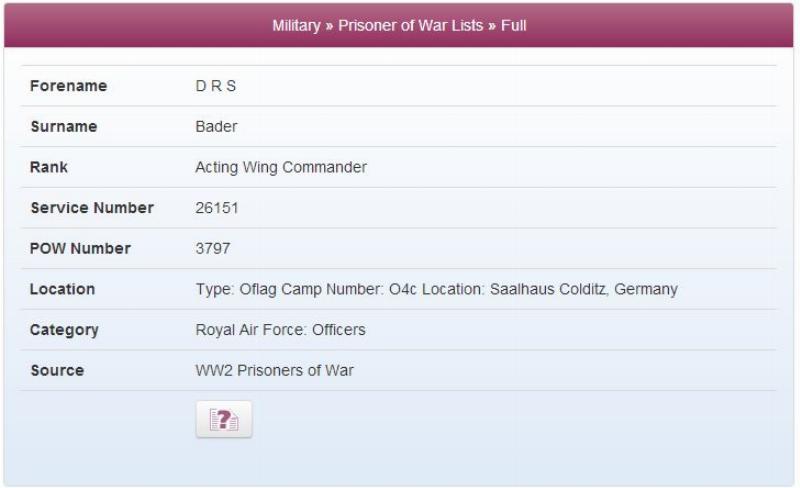
Bader didn't appreciate being a prisoner of war and made a number of escape attempts. Because he was considered likely to break out again by his captors, he was eventually sent to the infamous Colditz Castle - as we can see from the record on TheGenealogist, it shows he was incarcerated in Camp No: O4C which relates to Oflag 4C Saalhaus Colditz. It was here that Douglas Bader remained for the rest of the war until April 1945 when the camp was eventually liberated by the United States Army.
His name can be seen on the Battle of Britain War Memorial on the Victoria Embankment. A record, plus an image of this memorial, can be found on TheGenealogist amongst other military records that also include mentions of Douglas Bader in the various Air Lists.
The addition of the World War II Prisoner of War records to TheGenealogist gives family historians a fascinating insight into this period of recent history and allows them to add more depth to their research.
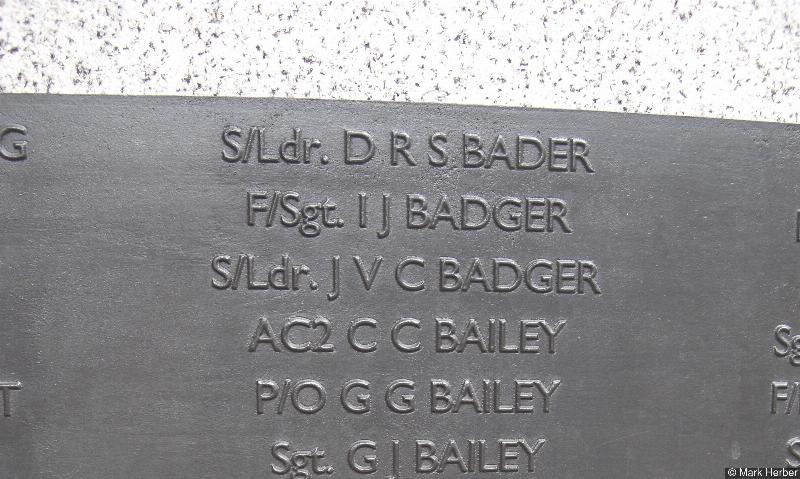

 Access your data wherever you are by syncing your tree between the software and all of your mobile devices at the click of a button.
Access your data wherever you are by syncing your tree between the software and all of your mobile devices at the click of a button.






![TreeView Circle Chart with background and foreground images]](/image/2016/02/9.jpg)



